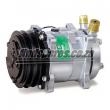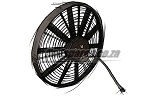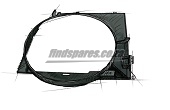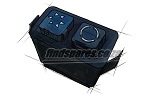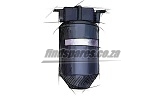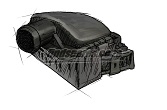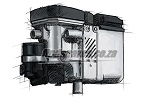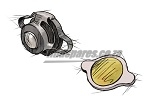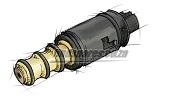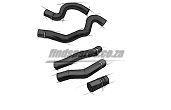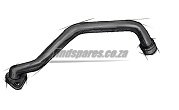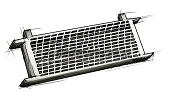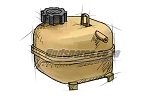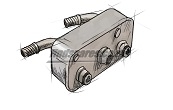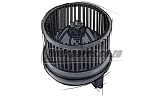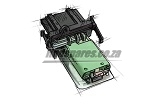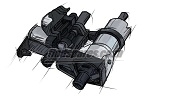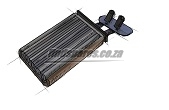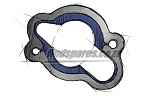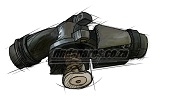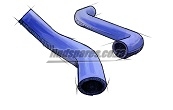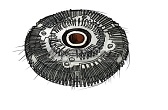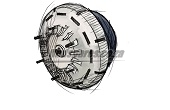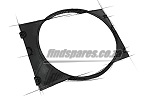Vans / Cooling and Heating
Quotes
Cooling system for petrol and diesel engines
Although petrol and diesel engines have improved a lot over the years, they still are not very effective at converting chemical energy into mechanical energy. Most of the energy, perhaps 70% is converted into heat, so work is needed for the cooling system to control the heat and allow the internal combustion engine to operate within acceptable temperature limits.
In fact, the cooling system of the car disspates enough heat when driving on a highway to heat two average houses. The main job of the cooling system is to keep the engine from overheating by transferring this heat into the air, but the cooling system also has several other important tasks.
Combustion engines work best at certain temperatures. When the engine is cold, components wear out faster. Another important job of the cooling system is to allow the engine to warm up as quickly as possible, and then to keep the engine at a constant temperature.
Engine cooling may be done in two ways: by air or liquid. In liquid-cooled engine, fluids circulate through pipes, hoses and passages in the engine. Since the fluid (antifreeze or water) passes through the hot engine it absorbs some of the heat, cooling the motor. Once the liquid has passed through the engine, it passes through a heat exchanger or radiator, which transfers heat from the fluid in the air.
Some older cars and a few modern vehicles are air-cooled. In air-cooled engine, the engine block is covered with aluminum fins that control the heat caused by combustion in the cylinders. Powerful fans dissipate the accumulated heat in the aluminum fins, transferring heat to the air.
